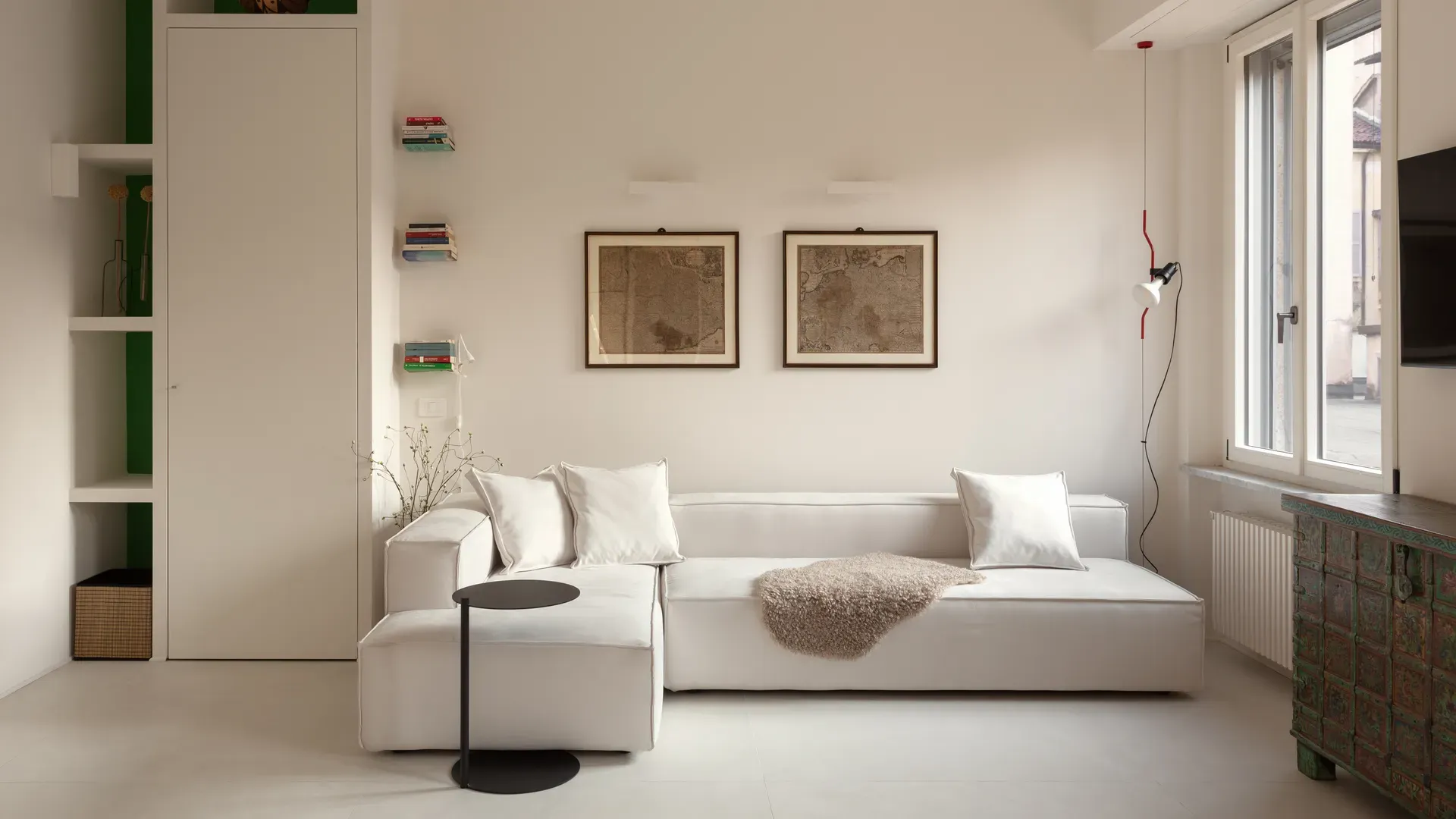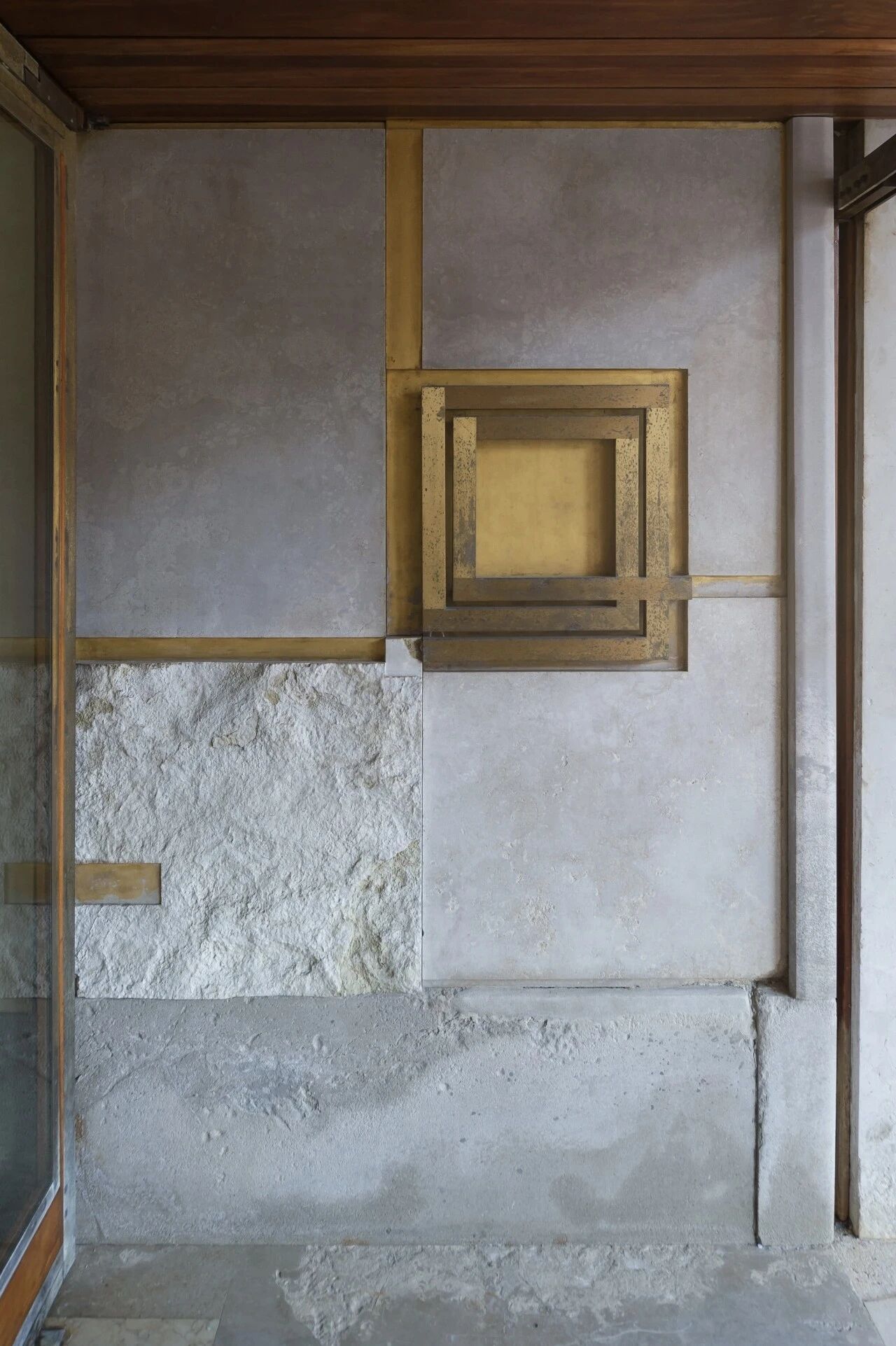Victorian Heritage Villa Renovated by Matt Gibson in Melbourne
2017-09-19 08:30
Architects: Matt Gibson Architecture Design Project: Victorian Heritage Villa Renovated Project Team: Matt Gibson (Lead Architect) , Erica Tsuda (Design Architect), Cassie Southon (Architect) Location: Melbourne, Australia Photography: Shannon McGrath
建筑师:马特·吉布森建筑设计项目:维多利亚遗产别墅翻新项目小组:马特·吉布森(首席建筑师)、埃丽卡·津达(设计建筑师)、卡西·索顿(建筑师)地点:澳大利亚墨尔本摄影:香农·麦格拉思
The Barrington heritage area in Melbourne is known for being an area of heritage significance containing high quality heritage villas, set within garden settings – the kind of characteristics identified that make Melbourne one of the World’s most livable cities.
墨尔本的巴林顿遗产区以具有遗产意义的地区而闻名,该地区拥有高质量的遗产别墅,设置在花园环境中-正是这种特征使墨尔本成为世界上最适合居住的城市之一。
At the same time Melbourne is going through steep population boom bringing pressure to densify quickly and leading to the demolition of underutilized land parcels that contain historic buildings. Melbourne Planners and Architects face the ongoing challenge to balance optimal land utilization with the ability to cater for a diversity of housing types which includes the responsive upgrading of heritage protected properties.
与此同时,墨尔本正经历着急剧的人口增长,带来了迅速密集的压力,并导致包括历史建筑在内的未充分利用的地块被拆除。墨尔本的规划者和建筑师面临着持续的挑战,要平衡最佳的土地利用和满足多样化住房类型的能力,其中包括对遗产保护财产的迅速升级。
By removing a previous non-original addition the adaptation of this gold rush era Victorian heritage villa wasn’t about increasing the size of the dwelling nor about deliberately removing a chunk of its existing heritage fabric just to downsize it, instead the existing rooms are repurposed around a more fluid and flexible spatial arrangement ensuring space isn’t wasted. The contemporary addition challenges the concept of building low quality, replica additions that attach themselves to the heritage fabric and in effect compromise confuse and diminish the integrity of the original. The intervention here is instead contemporary and interactive, activating and opening up the compartmentalized interior to previously underutilized green space, at the same time designed to preserve and augment the cultural significance of the original building.
通过删除之前的非原创内容,维多利亚时代传统别墅的改编并不是为了增加住宅的面积,也不是为了缩小现有遗产结构的一部分,而是将现有的房间重新设计成更加流畅和灵活的空间布局,以确保空间不会被浪费掉。当代的加法挑战了建造低质量的、附加在传统织物上的复制品的概念,实际上损害了原作的完整性、混淆和削弱了原作的完整性。相反,这里的干预是当代的和互动的,激活和开放分隔的内部,以前未充分利用的绿色空间,同时旨在维护和增加原始建筑的文化意义。
The project responds to the brief of a family of 5 to provide greater connection with the garden, provide a sheltered outdoor space for year round dinning and to screen the glare, a perennial problem within the Australian climate of a west facing orientation.
该项目响应了一个5口之家的要求,提供了与花园更紧密的联系,为全年就餐提供了一个有遮蔽的室外空间,并屏蔽了眩光,这是澳大利亚西面气候中的一个常年问题。
The concept of a ‘Hiro-En’ (or deep Engawa) within traditional Japanese Architecture is that of a deep verandah space, a space located outside traditional Japanese rooms mediating interior and exterior, with function being to limit direct sunlight and to protect interior materials from degrading. Lead designer and Japanese project architect, Erica Tsuda, explored concepts of similar ideas here.
日本传统建筑中的“广恩”(或称“深英川”)的概念是指一个深廊空间,一个位于日本传统室内内外的空间,其功能是限制阳光直射,保护室内材料不受侵蚀。首席设计师和日本项目建筑师EricaTsuda在这里探讨了类似想法的概念。
Through the computer modeling of sunlight and shadow, a series of canopies at different heights and extensions were developed in a very deliberate way that could house an external curtain. Allowing flexibility to admit northern sunlight yet screen the heat and glare from the west. The woven stainless steel mesh curtain may completely envelop the north and west perimeters of the outdoor deck (or ‘Hiro-En’) simultaneously providing a rain screen and shelter on warmer days.
通过对阳光和阴影的计算机建模,一系列不同高度和延伸的檐篷被精心开发,可以容纳一个外部窗帘。允许灵活地接纳北方的阳光,同时屏蔽来自西方的热量和眩光。编织不锈钢网幕可完全包住室外甲板(或“Hiro-en”)的北部和西部周边,同时在温暖的日子提供一个雨幕和遮蔽处。
The sculptural nature of the curtain provides a free flowing and kinetic foil to the permanence and solidity of the heritage structure. A functional device at its core, it provides an invigorating spatial blurring – layering and overlapping notions interior and exterior and through its translucency offers a counterpoint of exposure or enclosure depending on how light falls on it, enabling alternate diurnal qualities.
窗帘的雕塑性质为遗产结构的永续性和坚固性提供了一种自由流动的动力箔。作为一种核心功能设备,它提供了一个充满活力的空间模糊和重叠的内部和外部概念,并通过它的半透明提供了曝光或封闭的对位,这取决于光线是如何照射到它的,从而产生了交替的白天特性。
The process of renovation allowed for the act of revealing and exposing the history of the existing building, celebrating the trace of original materials and the history of alterations over time. Rather than covering over the original construction, certain aspects are left intentionally exposed. New fabric is deliberately left free from old, so that the new works touch the original structure softly via glazed connections allowing for the principal of ‘reversibility’ whilst bringing light and ambiance into the centre of the dwelling. Within the new, the thin white planes of the ceiling appear to float seemingly without support. Spaces and eras are distinguishable yet able to bleed into each other allowing subtle connectivity. Each space, whilst unique, continues a dialogue that is integral to the story of the whole.
翻修过程允许揭露和揭露现有建筑的历史,庆祝原始材料的痕迹和随着时间的推移而改变的历史。而不是覆盖原来的建筑,某些方面是故意暴露。新的织物被有意地从旧的自由,所以新的作品触摸到原来的结构,通过玻璃连接,允许原则的‘可逆性’,同时带来光和氛围进入住宅的中心。在新的,薄薄的白色面的天花板似乎漂浮似乎没有支撑。空间和时代是可以区分的,但能够相互渗透,从而允许微妙的联系。每个空间,虽然独特,但继续对话,这是整个故事的组成部分。
 举报
举报
别默默的看了,快登录帮我评论一下吧!:)
注册
登录
更多评论
相关文章
-

描边风设计中,最容易犯的8种问题分析
2018年走过了四分之一,LOGO设计趋势也清晰了LOGO设计
-

描边风设计中,最容易犯的8种问题分析
2018年走过了四分之一,LOGO设计趋势也清晰了LOGO设计
-

描边风设计中,最容易犯的8种问题分析
2018年走过了四分之一,LOGO设计趋势也清晰了LOGO设计






































































